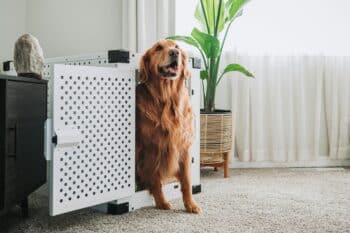
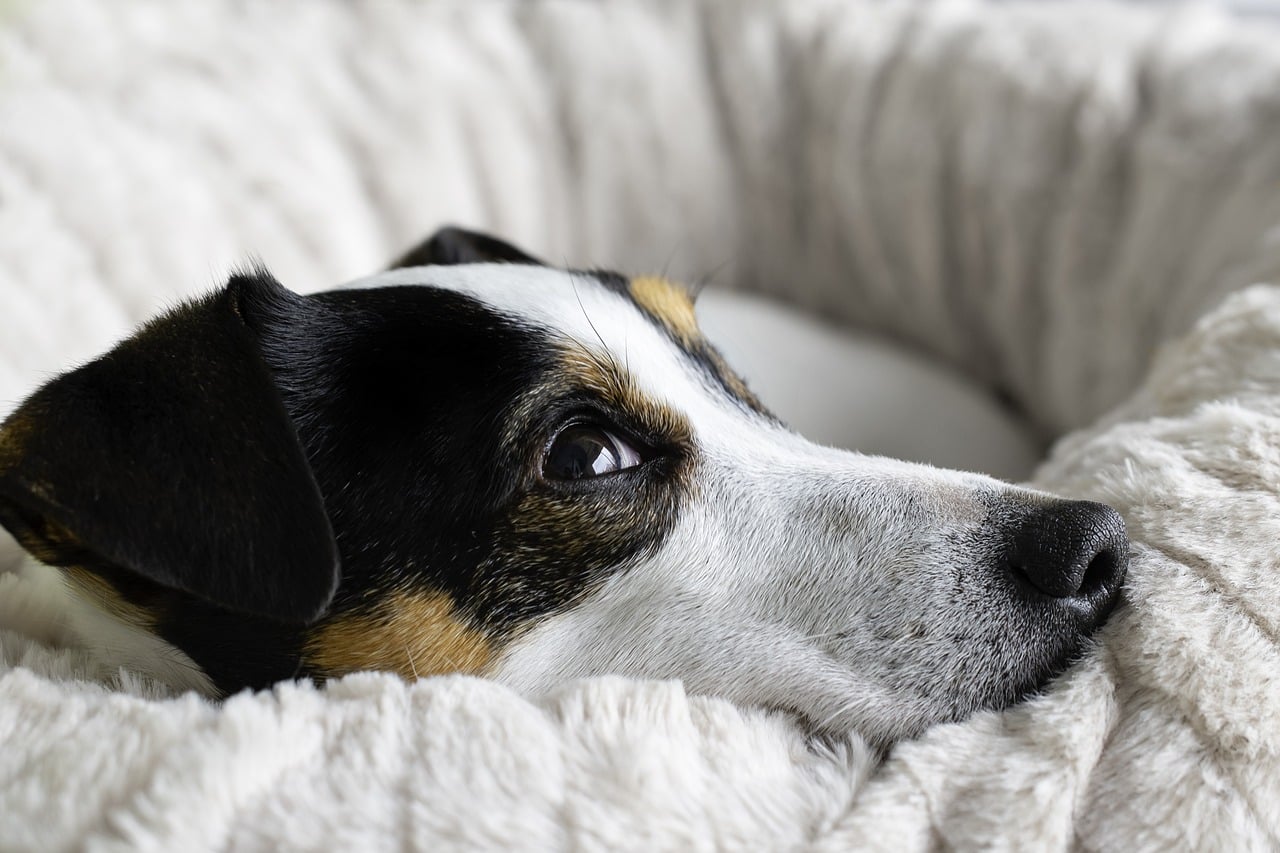
If your dog is more sensitive than most, it can sometimes feel like you’re walking on eggshells to keep them calm and happy. Whether they’re spooked by loud noises, nervous in new situations, or just a little more cautious than other dogs, sensitive dogs require extra care and attention to help them feel secure in their environment. Understanding their emotional needs and offering the right kind of support can make a huge difference in easing their anxiety and building a trusting relationship. With the right approach, you can create a calm, secure world for your sensitive dog to thrive in.
Create a Safe Haven for Your Dog
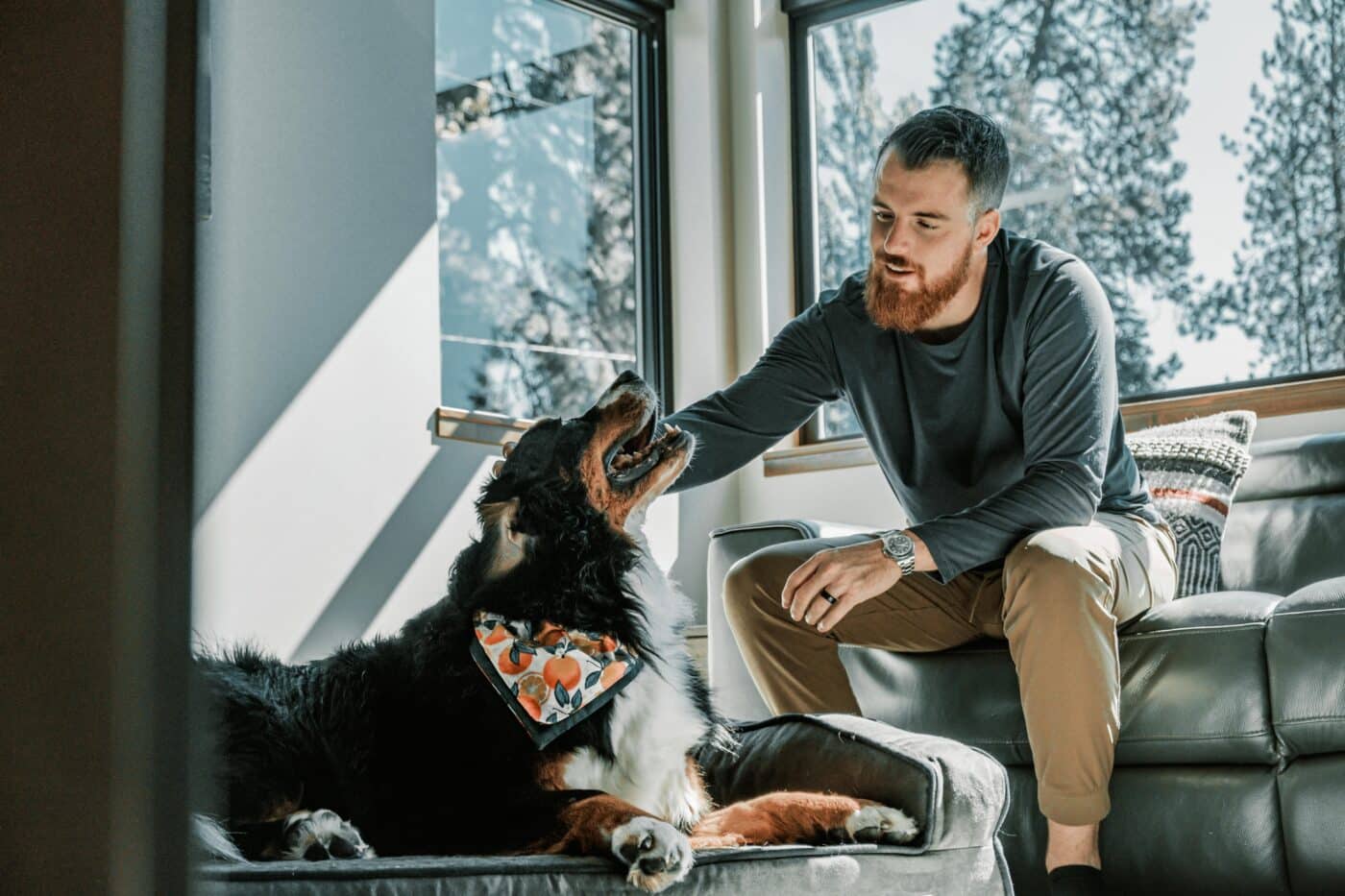
One of the most important ways to help a sensitive dog feel secure is by creating a designated space to retreat when they feel overwhelmed. This could be a cozy crate, a quiet room, or even a particular spot in your home where they can escape for peace and solitude. This haven should be free from loud noises or high-traffic areas where they may feel anxious. Fill it with soft bedding, their favorite toys, and items that carry familiar smells, like an old sweater or blanket. Knowing they have a designated space to relax in can help ease your dog’s nerves and reduce stress.
Establish a Consistent Routine
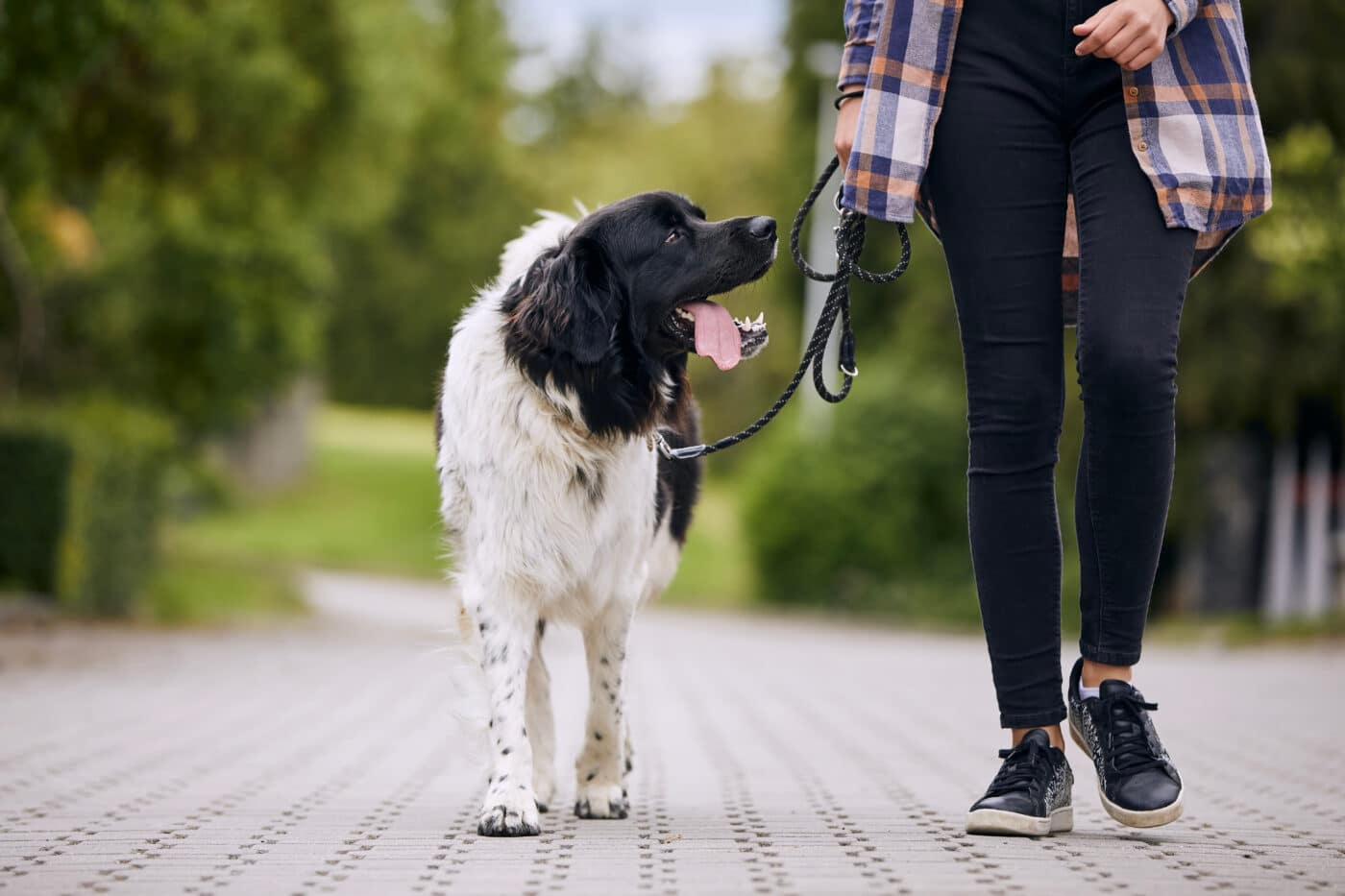
Sensitive dogs often find comfort in predictability. Establishing a consistent daily routine can help alleviate anxiety by providing them with a sense of control over their environment. Feed your dog at the same time each day, take them for walks at regular intervals, and establish set times for play, training, and rest. A predictable routine helps your dog feel secure because they know what to expect and when to expect it. Try to avoid making drastic changes to their schedule, as sudden alterations can leave them feeling disoriented and anxious.
Use Positive Reinforcement for Training

Training is a vital part of helping your sensitive dog build confidence. Instead of using harsh correction methods, which can worsen anxiety, focus on positive reinforcement techniques. Reward your dog with treats, praise, or affection when they exhibit calm behavior or when they overcome fear. Over time, they will associate new experiences with positive outcomes, reducing their fear and reinforcing good behavior. Training helps your dog feel more secure because they learn that they can rely on you to guide them in new situations.
Be Mindful of Their Body Language
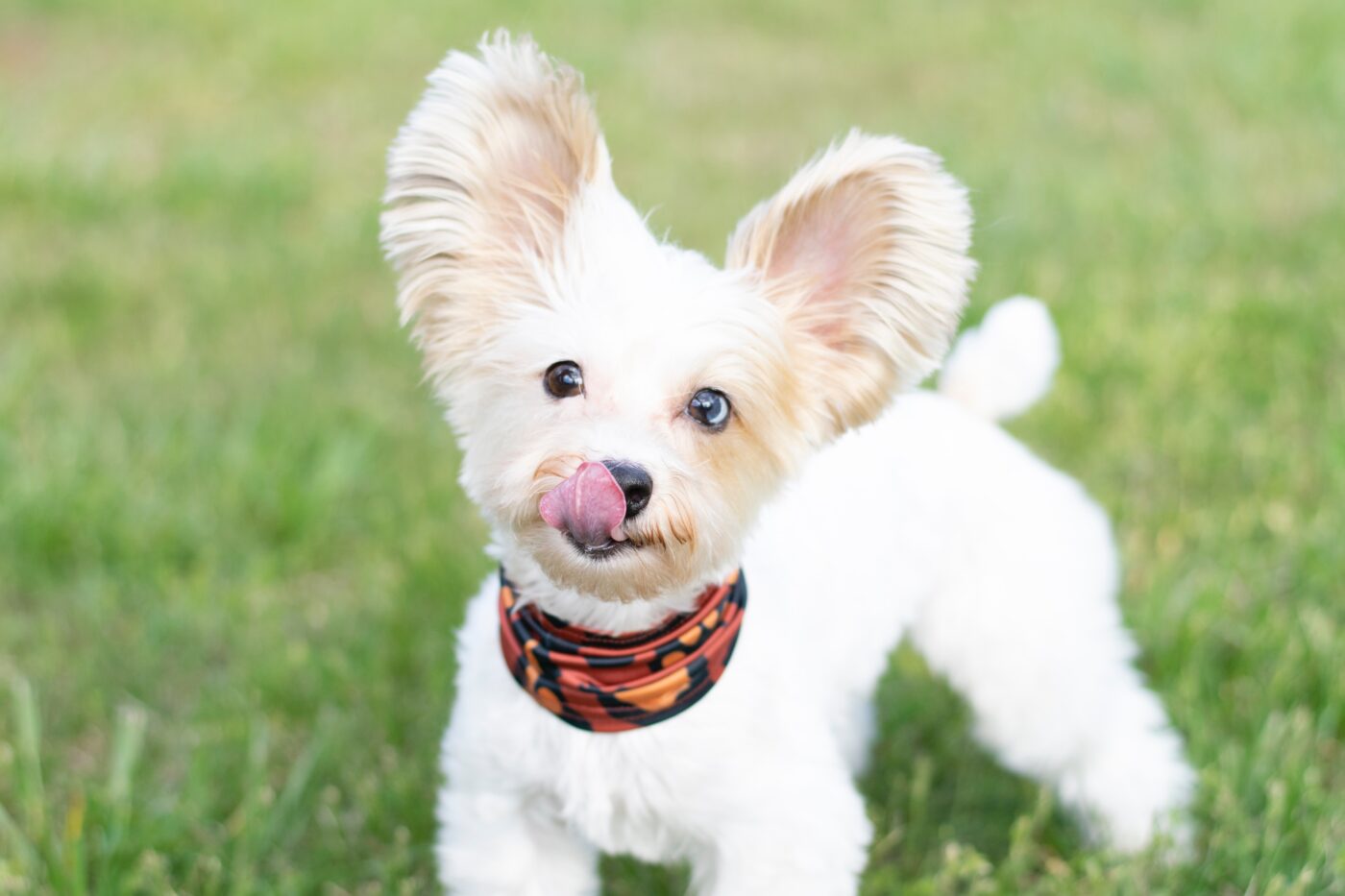
Sensitive dogs are often quite expressive with their body language, and as a pet owner, it’s important to pay attention to these subtle cues. Signs of stress or anxiety in dogs include tail tucking, yawning, lip licking, or avoiding eye contact. Understanding these signals allows you to intervene before your dog becomes overwhelmed. If you notice signs of distress, try to remove them from the situation or provide reassurance through a calm, gentle tone of voice. Recognizing your dog’s body language can help you prevent them from feeling unsafe or anxious in certain environments.
Desensitize Them to Fear Triggers

Desensitization is a gradual process that involves exposing your dog to their fear triggers in a controlled, safe manner. For example, if your dog is afraid of thunderstorms, start by playing recordings of thunder at a low volume while rewarding calm behavior with treats or praise. Gradually increase the volume over time as your dog becomes more comfortable with the sound. The key is to go at your dog’s pace—too much exposure too soon can cause them to become more fearful. With time and patience, desensitization can help your dog develop a tolerance for their fears, making them feel more secure.
Provide Mental and Physical Stimulation

A bored or under-stimulated dog is more likely to become anxious and exhibit undesirable behaviors. Sensitive dogs, in particular, can be more susceptible to stress if they don’t have enough physical or mental stimulation throughout the day. Regular walks, interactive toys, puzzle games, and obedience training can provide the mental and physical exercise your dog needs. A tired dog is a less anxious dog, and providing them with the stimulation they crave will help them feel more settled and confident in their environment.
Create a Calm Environment

Sensitive dogs are easily influenced by their surroundings, so it’s important to create a calm and peaceful home environment. Avoid yelling or raising your voice, as loud, sudden noises can startle your dog and trigger anxiety. Keep the volume of the TV, radio, or music at a reasonable level to avoid overwhelming their sensitive ears. If possible, try to minimize the presence of other stressors, such as too many visitors or other loud pets. The calmer the environment, the more likely your dog will feel secure and relaxed in their home.
Use Calming Products
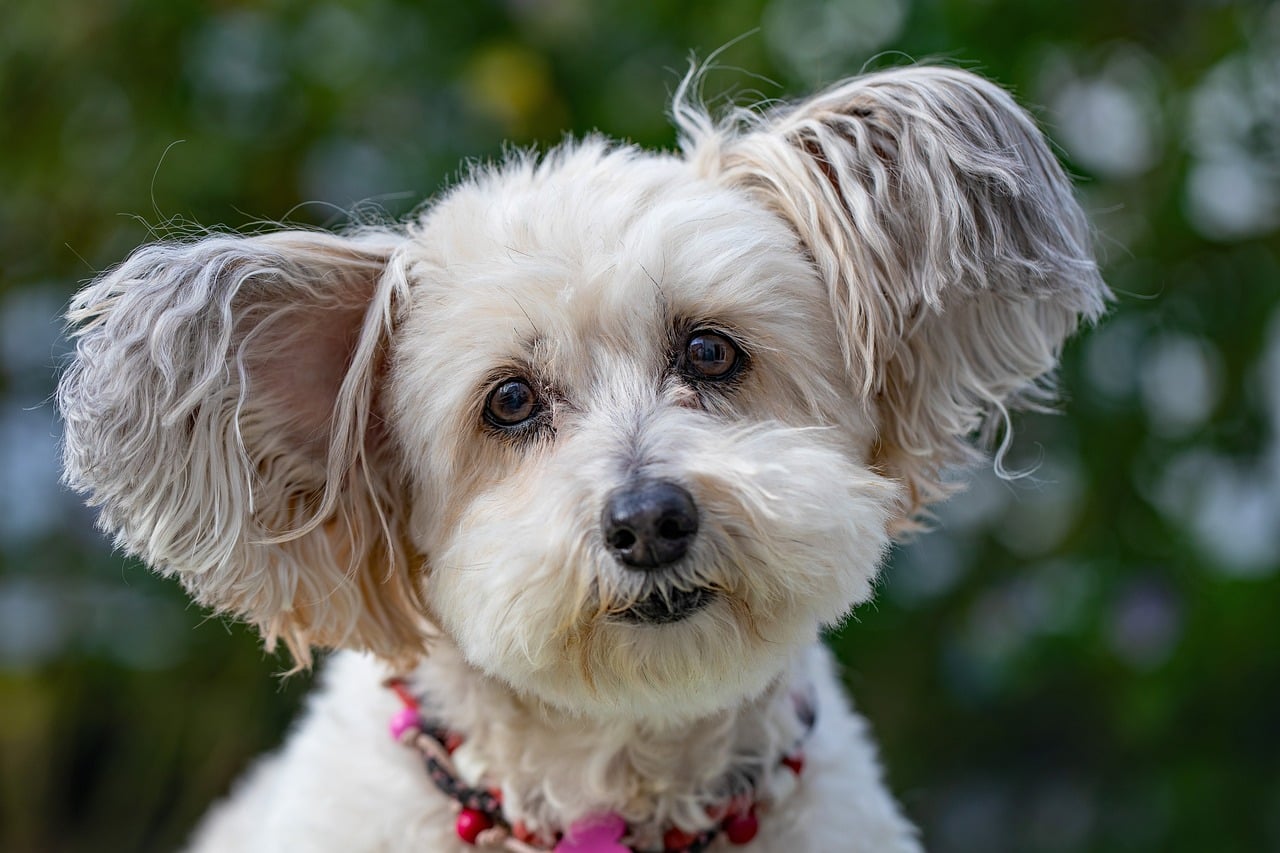
There are a variety of calming products available that can help soothe anxious dogs. Items such as anxiety wraps, calming collars or pheromone diffusers release natural scents that help promote a sense of calm in dogs. You might also consider anxiety-relief supplements or calming herbal remedies. While these products are not a substitute for proper training and behavior management, they can provide an additional layer of comfort for your sensitive dog, especially during times of heightened anxiety, such as during thunderstorms or fireworks displays.
Stay Calm and Patient
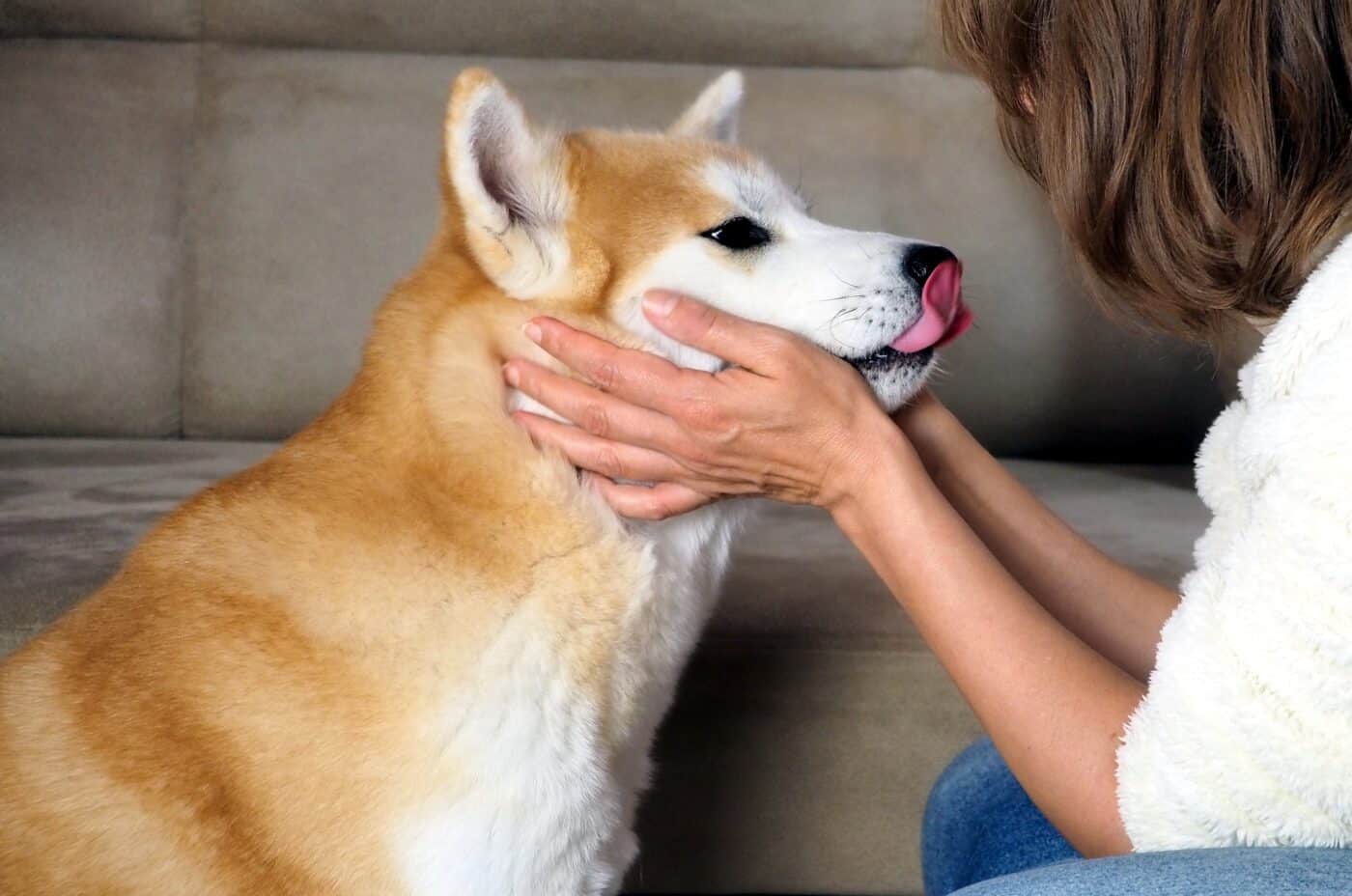
Your dog looks to you for guidance and reassurance, so it’s important to maintain a calm and patient demeanor, especially in stressful situations. If you become anxious or frustrated, your dog will sense it and may become more agitated. Instead, try to remain calm and composed. Speak to your dog in a soft, soothing voice, and use gentle body language to reassure them. Over time, your dog will learn to mirror your calmness, which will help them feel more secure and less anxious.
Socialize Them Gradually

Socializing your sensitive dog with other people, dogs, and new environments can be a helpful way to reduce anxiety. However, it’s important to do so gradually and in a controlled manner. Start by introducing your dog to one new person or dog at a time, ensuring that each encounter is positive and not overwhelming. Take things at your dog’s pace—if they become stressed, take a step back and give them space to relax. Positive socialization experiences will help your dog gain confidence and reduce their fear of unfamiliar situations.
Give Them Plenty of Affection
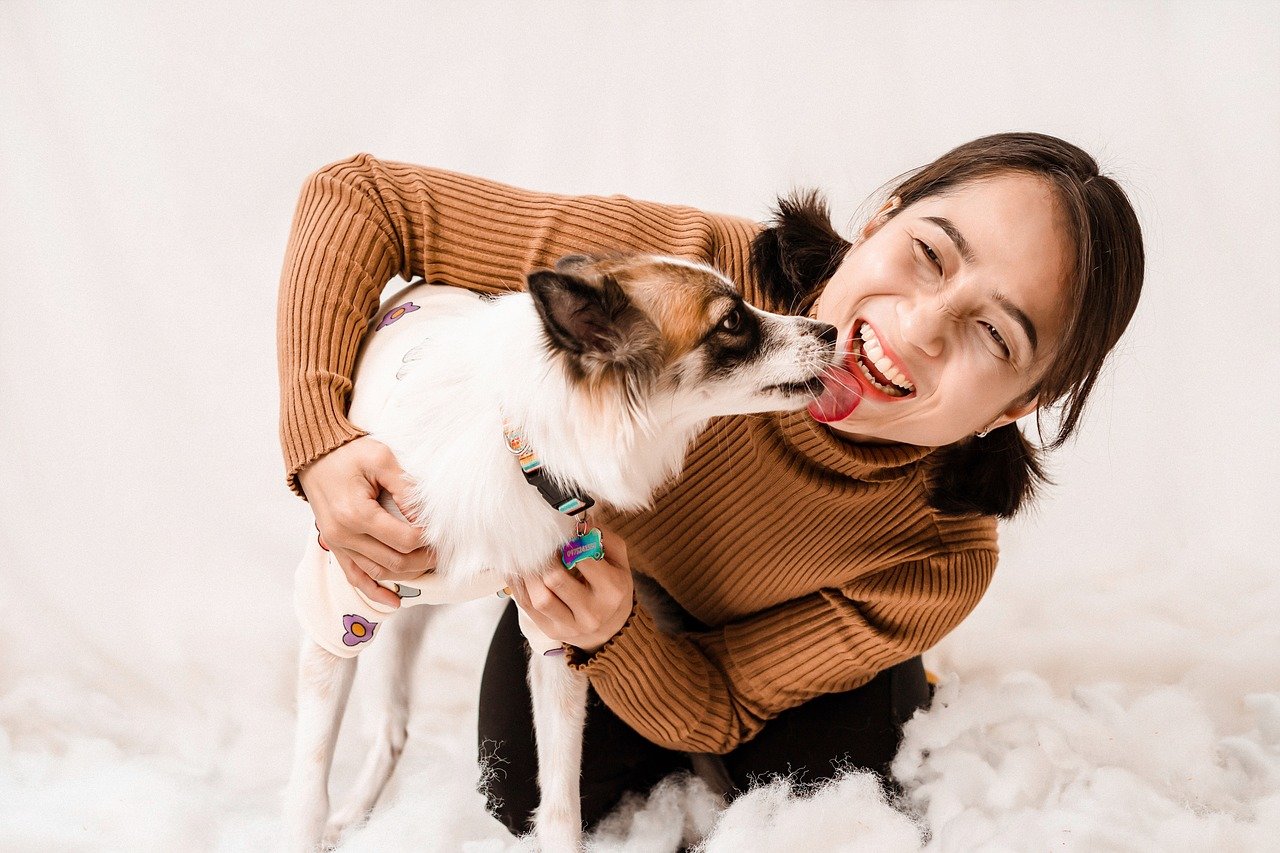
Some sensitive dogs need extra affection and reassurance to feel secure. Physical contact, like gentle petting or cuddling, can be incredibly soothing for an anxious dog. However, make sure to read your dog’s cues; some may prefer to receive affection more subtly, like sitting beside you without direct touch. By offering affection in a manner that respects your dog’s boundaries, you can strengthen the bond between you and help your dog feel more secure in your presence.
Avoid Punishing Fearful Behavior
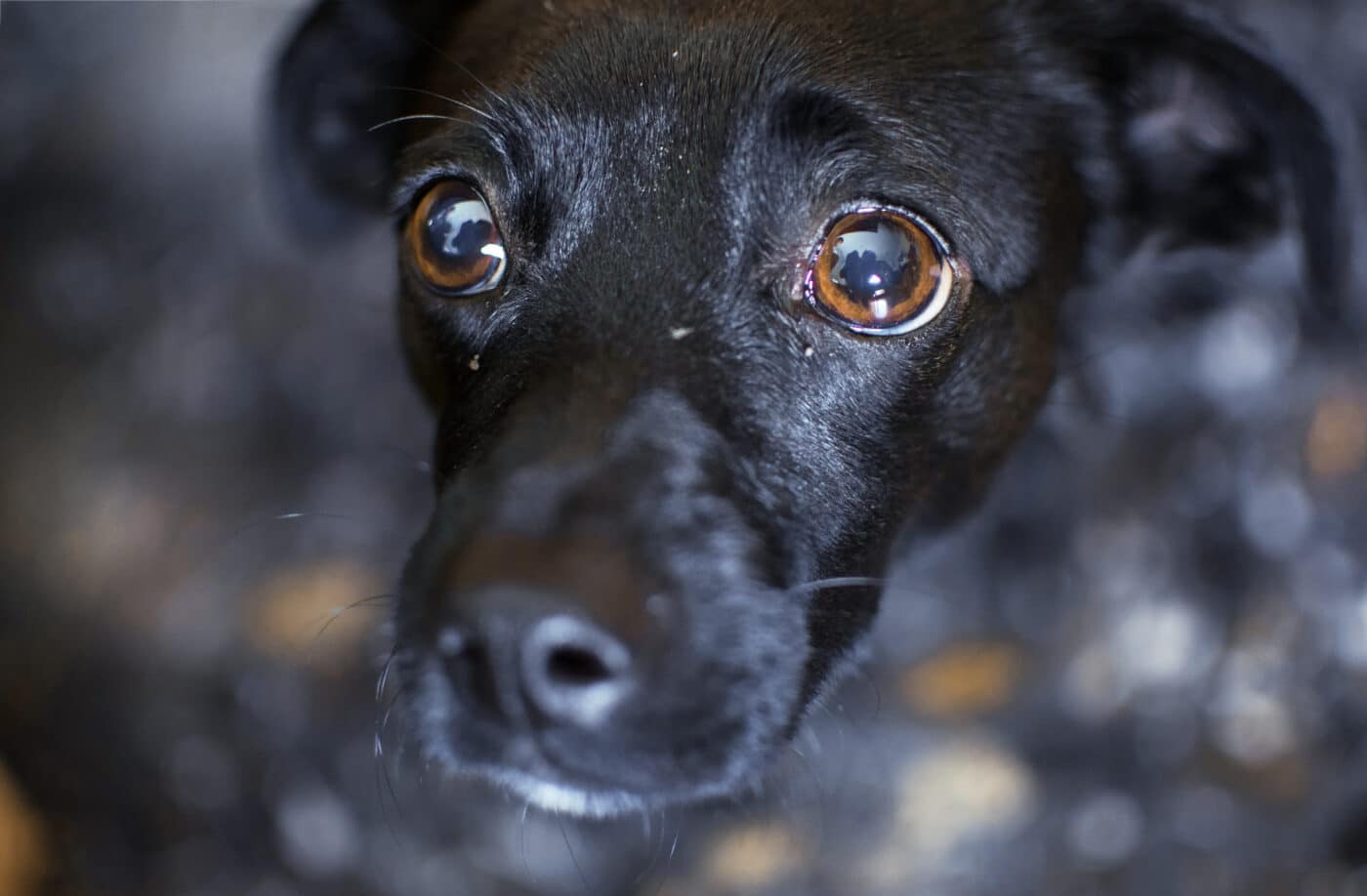
Sensitive dogs can easily become more fearful if they are punished for displaying anxious behaviors. If your dog is trembling, hiding, or acting out due to fear, responding with punishment or harsh corrections will likely increase their anxiety. Instead, try to redirect their behavior with positive reinforcement or by providing them with a distraction, like a favorite toy or treat. Understanding that their fearful behavior is not intentional can help you respond in a way that nurtures their emotional well-being.
Provide a High-Quality Diet

A proper diet is vital for overall health, but it can also play a role in your dog’s emotional well-being. Dogs that are malnourished or eating poor-quality food may be more prone to anxiety or stress. Ensure that your sensitive dog is eating a well-balanced, nutritious diet suited to their age, size, and breed. In addition, some pet owners find that certain food additives or treats designed for calming can help soothe their dog’s nerves.
Use Music and Sound Therapy
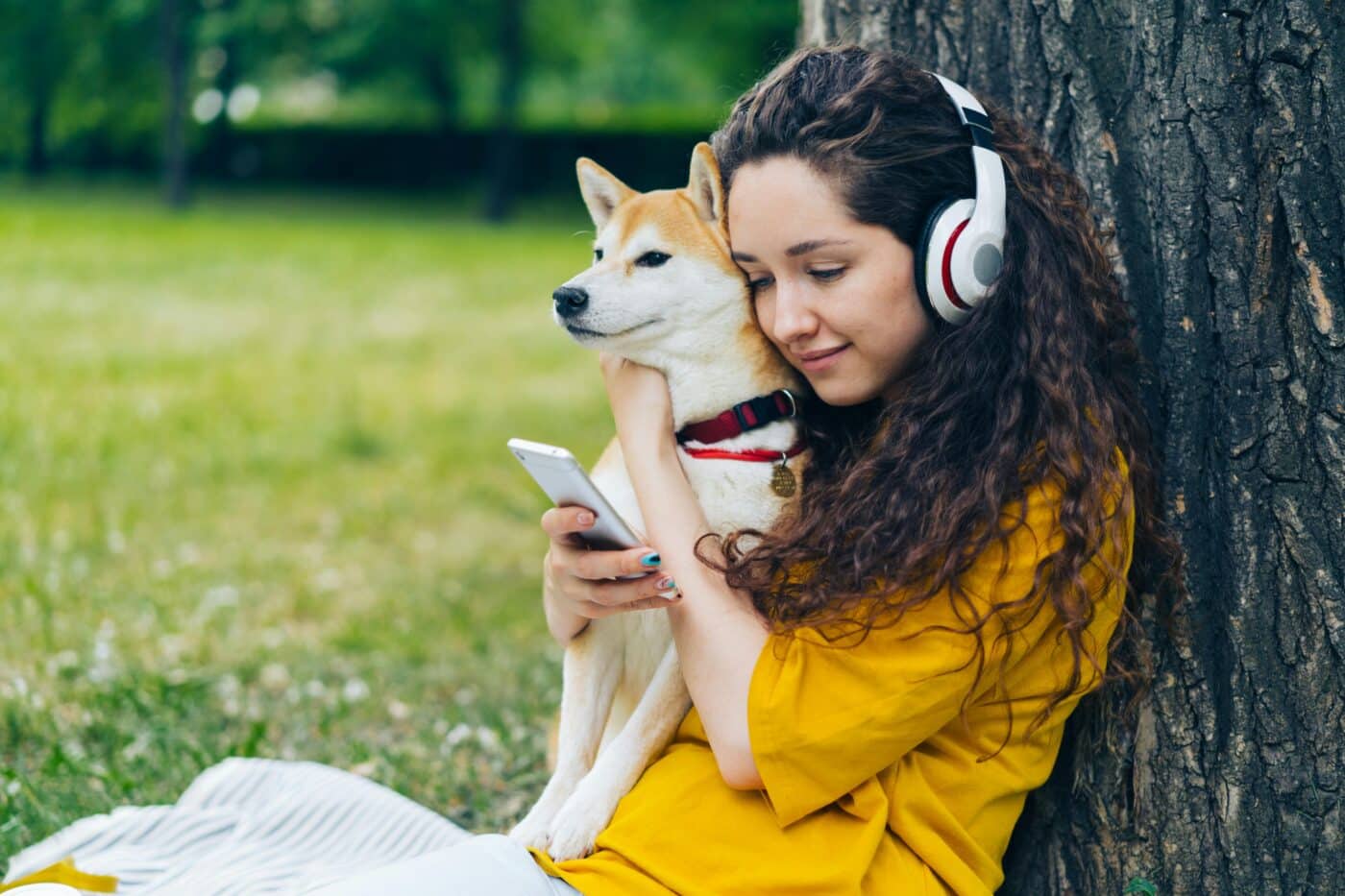
For dogs with a sensitivity to loud noises, such as thunderstorms or fireworks, music or sound therapy can be an effective way to mask disruptive sounds and create a calm atmosphere. Specialized playlists designed to soothe dogs, as well as white noise machines, can be used to create a peaceful sound environment. Playing relaxing music or sounds can help distract your dog from external stressors and provide them with a sense of security during particularly anxious moments.
Be Extra Mindful During Travel
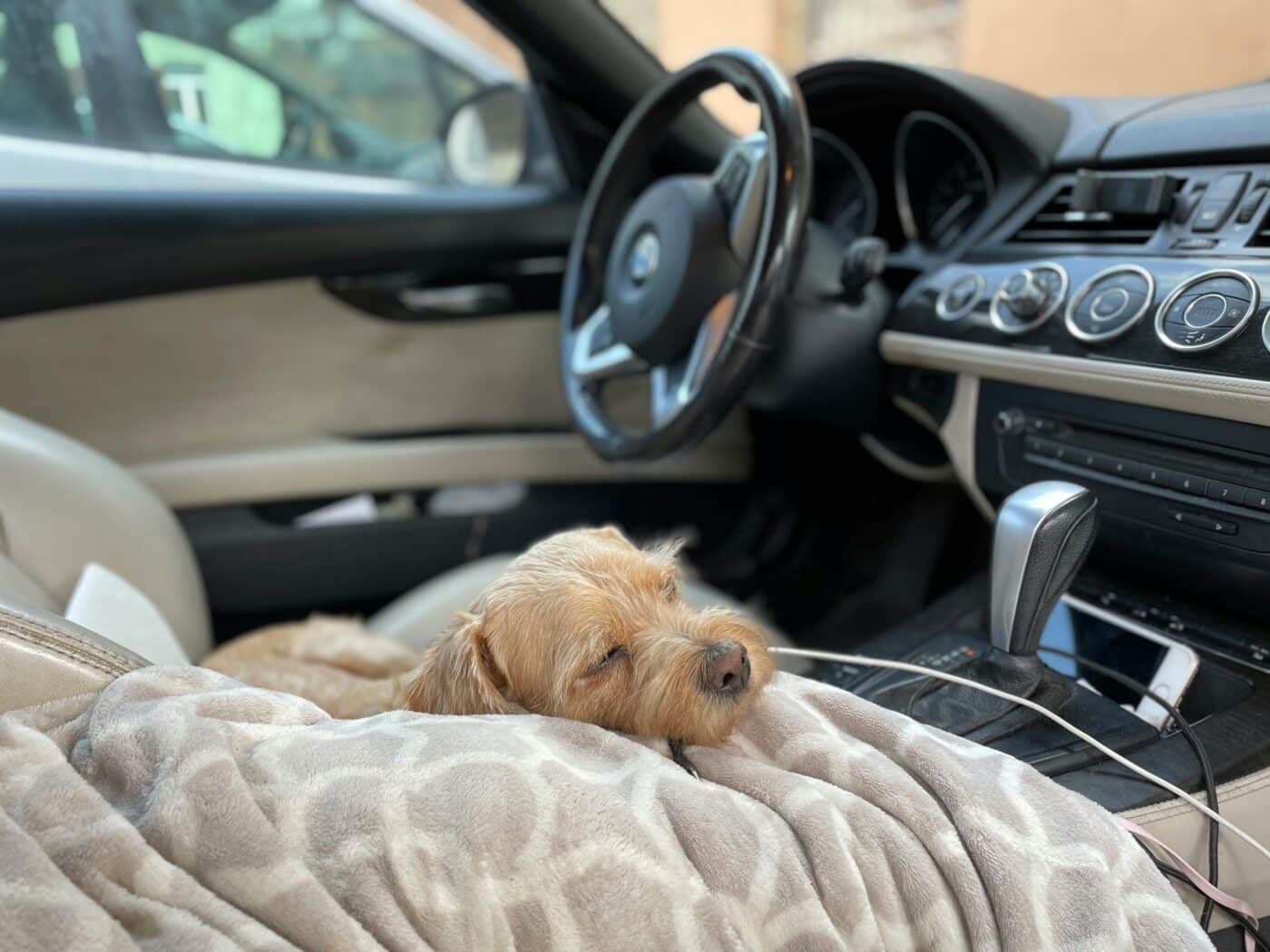
Traveling can be a particularly stressful experience for sensitive dogs. Whether it’s a long car ride or a trip to the vet, the unfamiliar sights and sounds can overwhelm them. Before traveling, try to familiarize your dog with their carrier or vehicle and provide them with comfort items, like a favorite blanket or toy. If your dog is prone to motion sickness, talk to your vet about remedies that can help alleviate discomfort. And always be sure to make travel as calm and positive as possible.
The Dog Days Of Calm Are Here
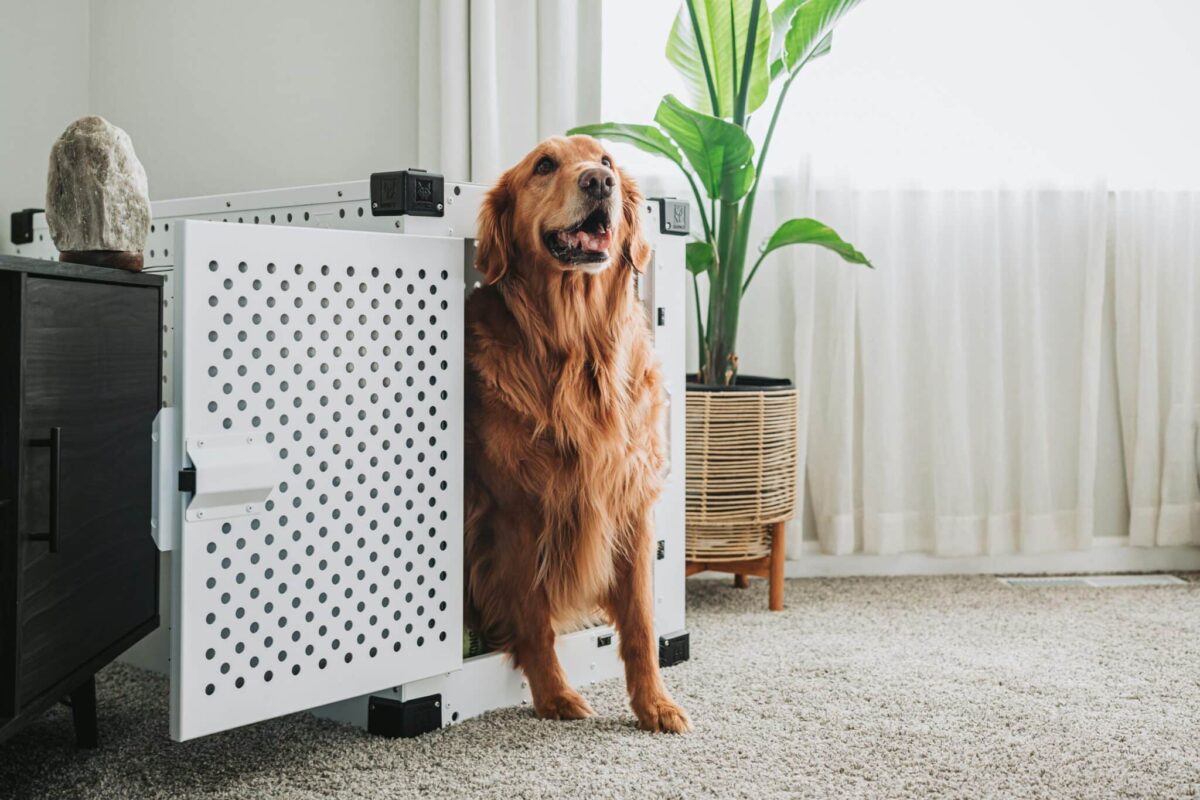
Sometimes, managing a sensitive dog can feel like you’re the one who needs a calming treat (or a nap!). But don’t worry—by following these tips and being consistent, you’ll create a safe and supportive environment where your dog can thrive. Remember, every dog is unique, and what works for one may not work for another. If you’re still struggling, consider consulting a professional dog trainer or behaviorist. But above all, keep loving and supporting your sensitive dog. They may not always show it, but they’ll appreciate it more than you know! After all, your pup’s happiness is the best reward.
The post 15 Tips To Help Your Sensitive Dog Feel Secure appeared first on iHeartDogs.com.
